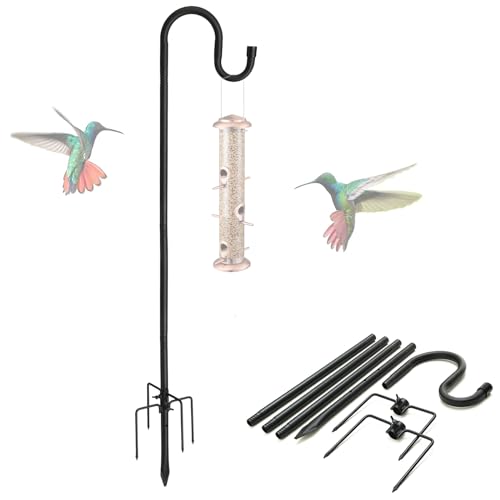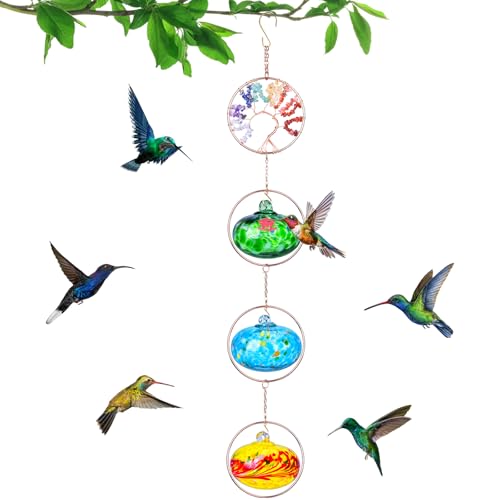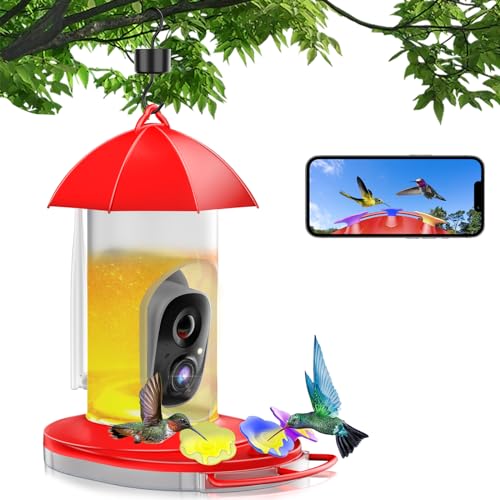Hummingbird feeder wind chimes are a beautiful way to attract native birds to your yard – and I've just found the best deals on Amazon
By placing hummingbird feeder wind chimes in trees and shrubs you can boost wildlife in your borders
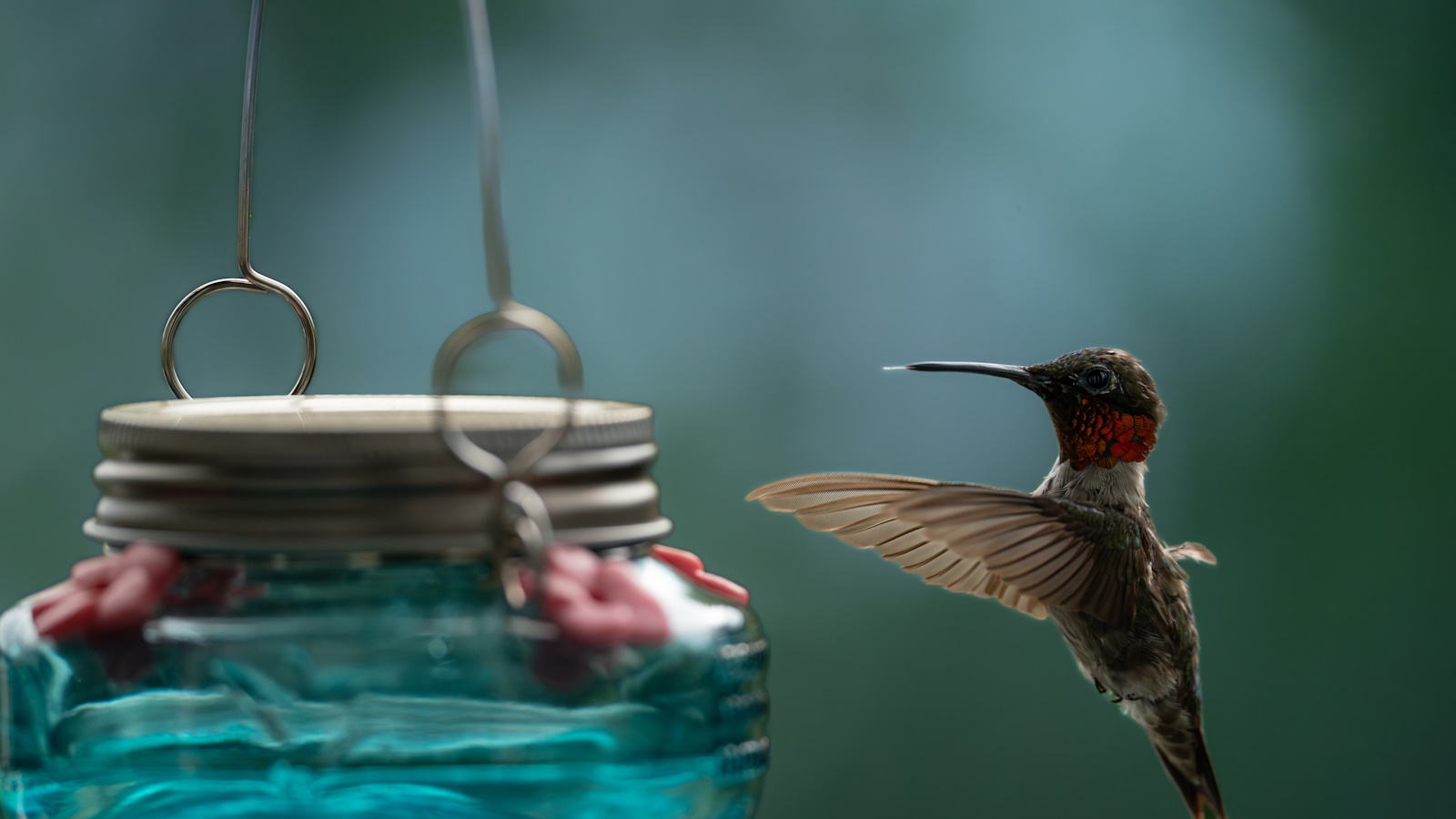

There are over 15 native hummingbird species that can be found living across the United States. From the striking ruby-throated hummingbird found in eastern woodlands to the blue-throated mountain gem seen in temperate pine-oak forests, there are many vibrant varieties to spot.
Sadly today, many species are classified as endangered or critically endangered, with the rufous hummingbird, for example, having lost two-thirds of its population since 1970. Gardeners have a part to play, and providing a safe space for these native species to feed and rest is important.
When considering how to support and attract hummingbirds, hummingbird feeder wind chimes are a practical and beautiful option that can help these native birds. Here, our guide has all the information you need, including suggestions for some of the best products to try.
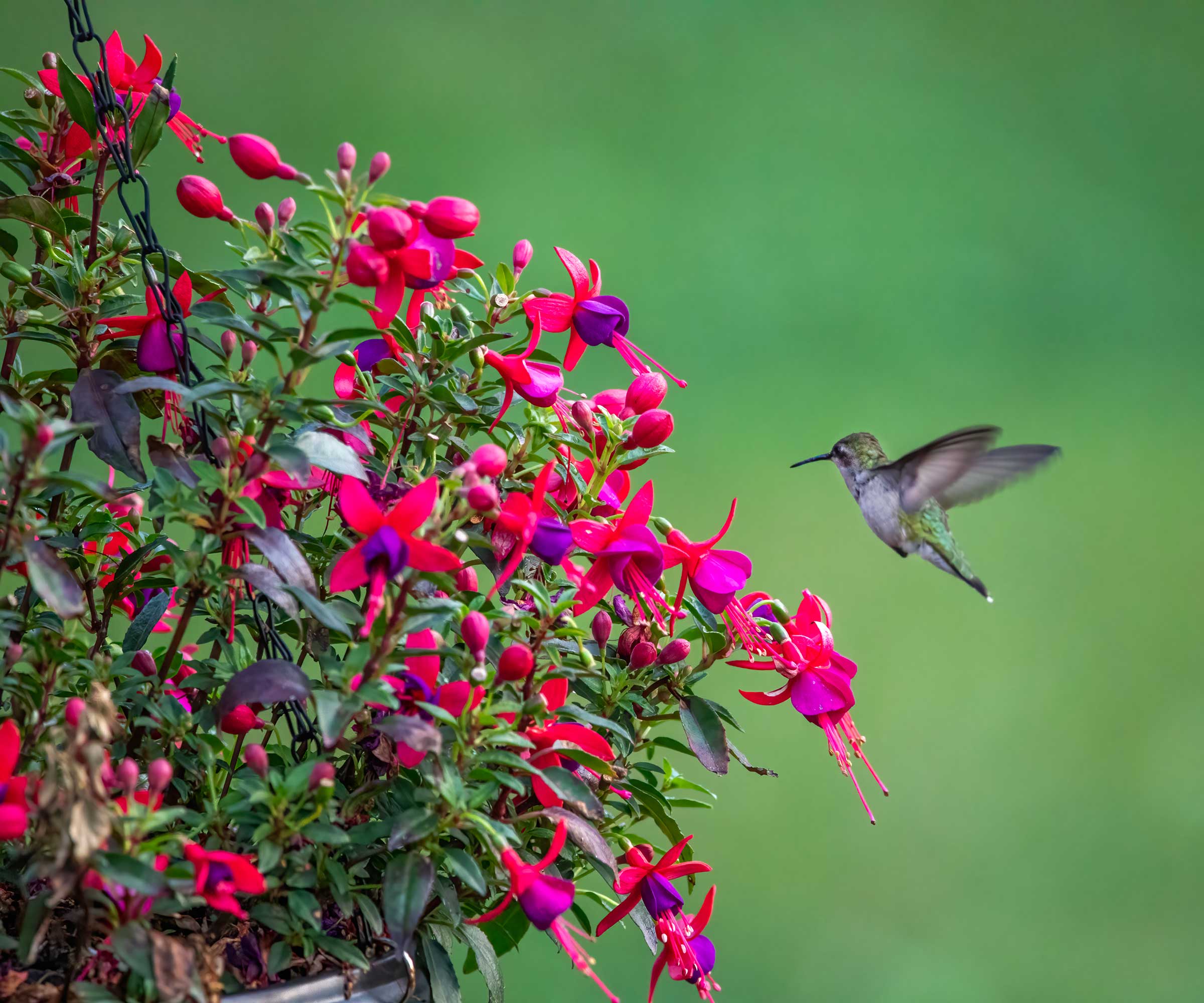
Benefits of hummingbird feeder wind chimes
Whether you are looking to encourage native wildlife in your yard or you are keen to support the hummingbird migration, hummingbird feeder wind chimes are the latest accessory that will prove popular with these miniature marvels. What could be better than a relaxing evening sitting on the patio while observing hummingbirds fluttering around your beds and borders?
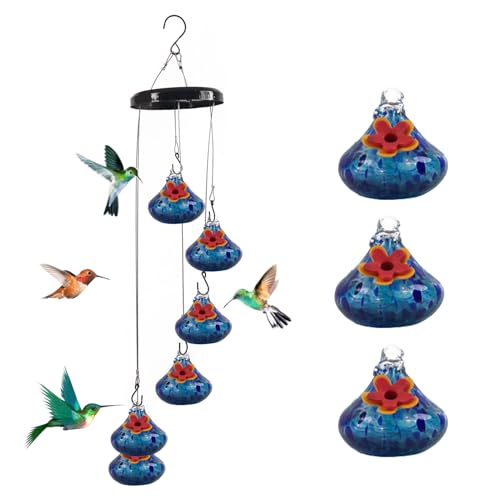
This hummingbird feeder wind chime combines practicality with beauty, nourishing hungry hummingbirds but also adding a unique and sculptural accessory to your yard.
How to use hummingbird feeder wind chimes
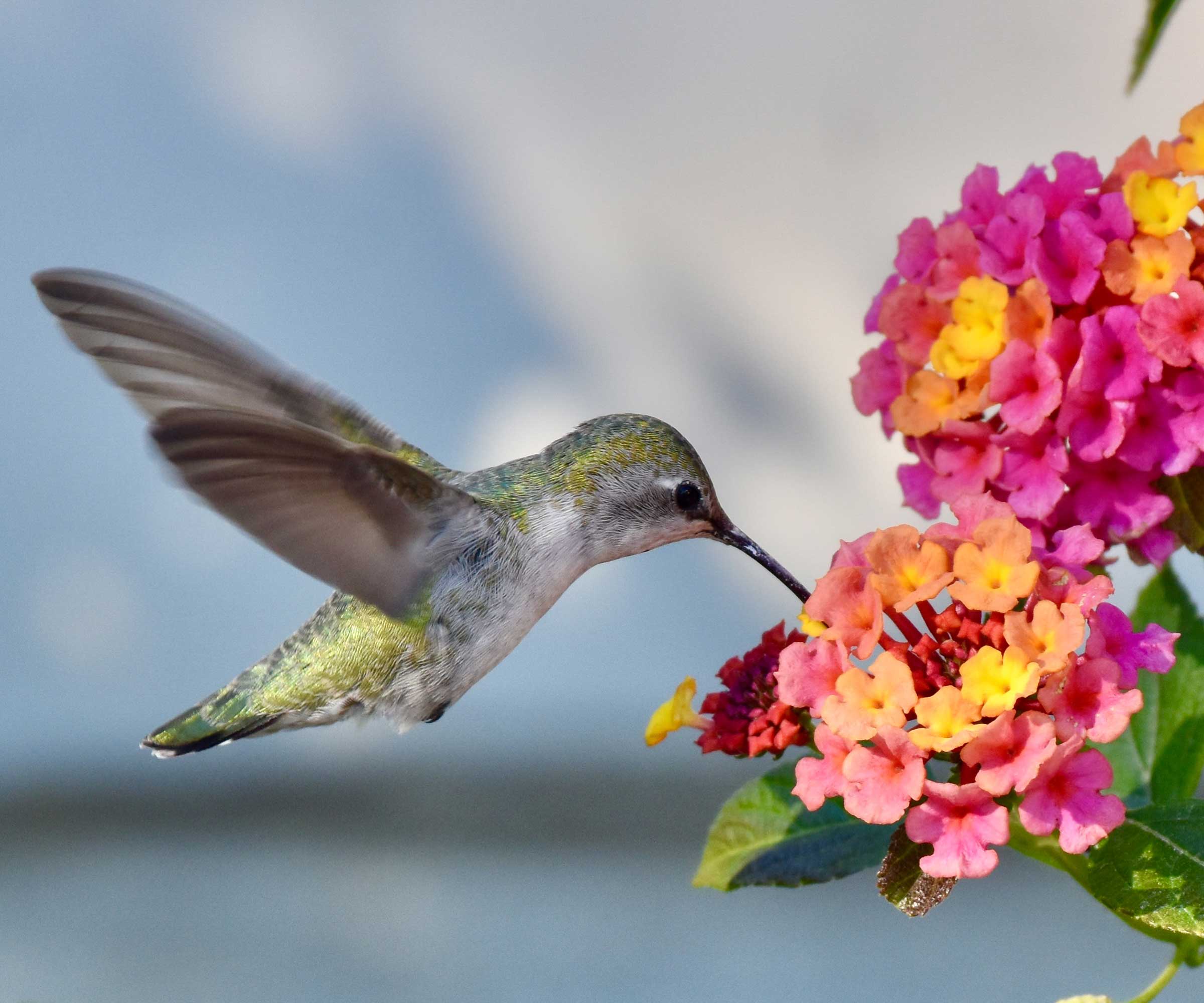
If you are looking for wildlife garden ideas, installing a hummingbird feeder wind chime is an easy option to consider. These unique garden accessories combine functionality with beauty, designed to look like a wind chime that moves gently in the breeze. If you like whimsical, ethereal design, or enjoy fairy garden ideas, these unusual accessories are an ideal pick.
As well as looking good, hummingbird feeder wind chimes, available from Amazon, will be sure to attract hummingbirds to your yard, and you don't need me to tell you how birds can benefit your backyard.
They are often designed with several feeding ports, as seen below, meaning that multiple birds can feed at the same time. Just be sure to regularly refill the ports with hummingbird nectar, available from Amazon.
Many products produce a sensory, soothing sound when the wind blows, although most just have the appearance of a wind chime without making any noise. All of the products suggested here are made from painted glass, looking their best when illuminated by the sun.
When considering where to place a hummingbird feeder, always choose a location where hummingbirds are likely to visit, such as near borders and beds that are full of flowers. It is best to keep feeders out of open spots that suffer from strong winds or direct sun.
I suggest finding a sturdy branch in an established shrub or tree where the feeder can hang securely. Ensure it is at least six feet off the ground to prevent damage by larger animals like cats.
Once you have hung the hummingbird feeder winder chime, ensure that it is regularly cleaned to prevent mold or bacteria growth, and refill frequently during the spring and summer.
Shop hummingbird feeder wind chimes
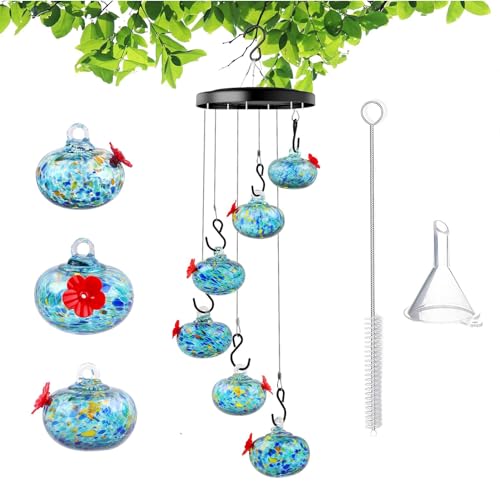
With eye-catching floral designs, these feeding points will prove popular with native hummingbirds that can feed at the same time.
FAQs
Are hummingbird feeder wind chimes noisy?
Many gardeners worry that wind chimes are antisocial. However, most of the products listed here are decorative and do not make a sound. While they have the appearance of a wind chime that moves gently in the breeze, most are purely ornamental, which will help to avoid any tricky conversations with neighbors.
It is a good idea to wait until after the hummingbird migration to take your hummingbird feeder down. Storing your feeders and wind chimes in the garden shed or garage is sensible, avoiding damage from high winds and stormy weather during fall and winter.
While this will vary depending on where you live and your US hardiness zone, it is usually best to do this at the end of October, when most of the native species have arrived at their wintering sites in Central and South America.
Shop hummingbird accessories
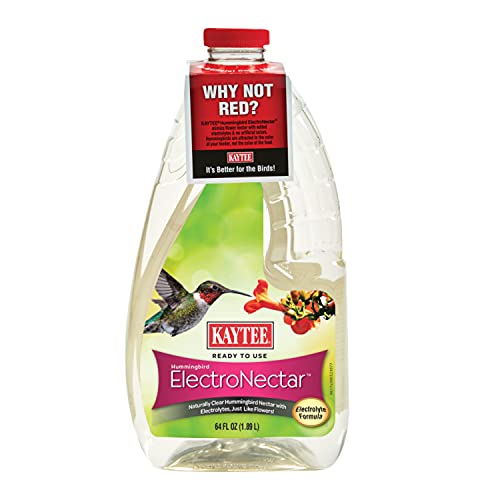
This ready-to-use Electro Nectar is ready to use and will feed passing hummingbirds in your yard.
Sign up to the Homes & Gardens newsletter
Design expertise in your inbox – from inspiring decorating ideas and beautiful celebrity homes to practical gardening advice and shopping round-ups.

Thomas is a Content Editor within the Gardens Team at Homes and Gardens. He has worked as a professional gardener for both public spaces and private estates, specializing in productive gardening, growing food and flowers. Trained in Horticulture at the Garden Museum, he has written on gardening and garden history for various publications, including The English Garden, Gardens Illustrated, Hortus, The London Gardener and Bloom. He has co-authored a Lonely Planet travel book, The Tree Atlas, due out in 2024.
-
 Diane Keaton's living room is proof that 'symmetry in interior design' is far from dated – this concept is still ingrained in our philosophy, but there's a twist
Diane Keaton's living room is proof that 'symmetry in interior design' is far from dated – this concept is still ingrained in our philosophy, but there's a twistSymmetry is a design trick used to create smart-looking spaces
By Jennifer Ebert
-
 How can you make an outdoor kitchen feel more luxurious? Designer tips on making this hardworking space extra opulent
How can you make an outdoor kitchen feel more luxurious? Designer tips on making this hardworking space extra opulentDiscover the strategies the experts use to give an outdoor kitchen luxury style
By Sarah Warwick
-
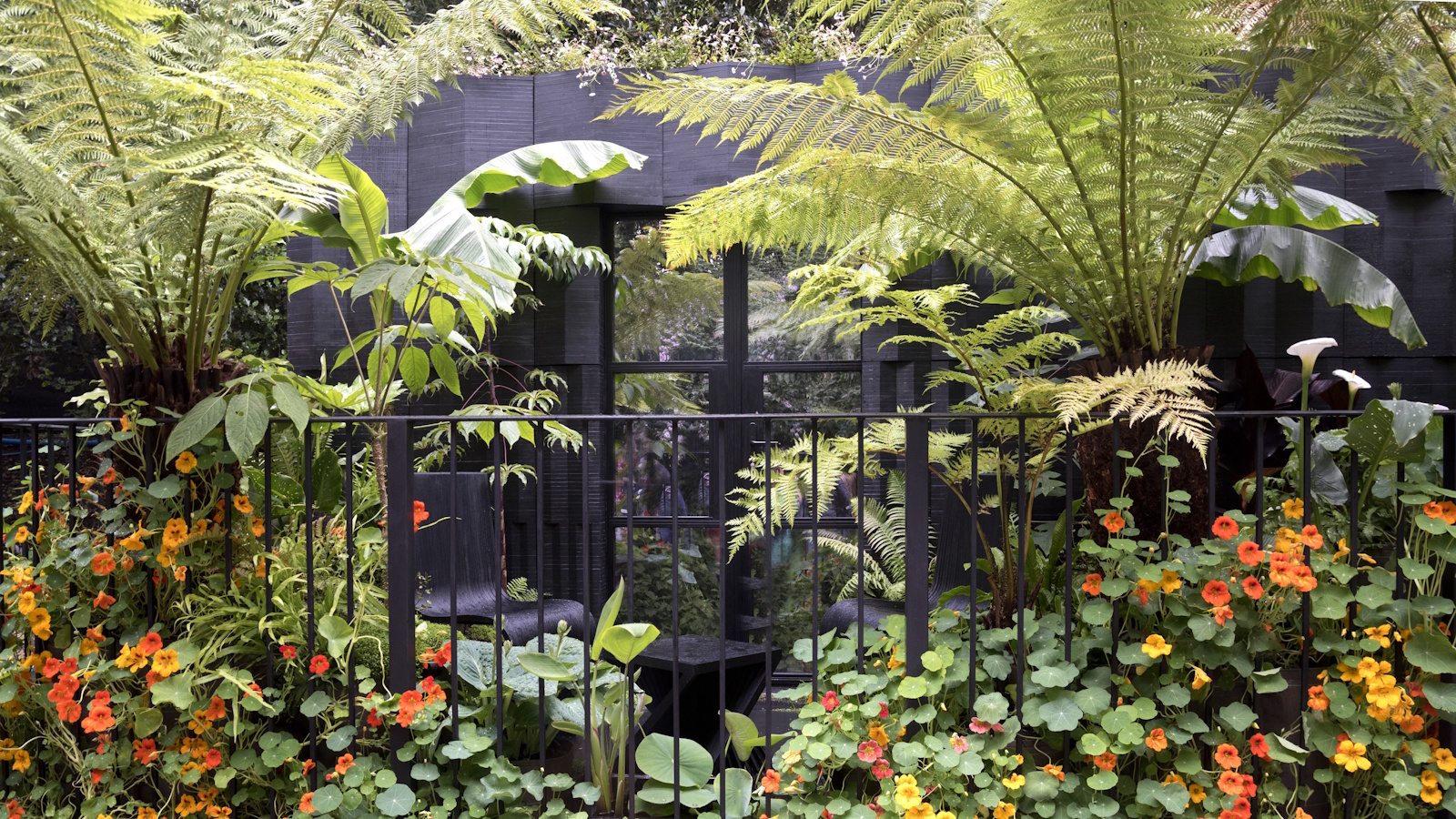 Small yard but want to grow your own crops? This wooden cold frame is 40% off at Wayfair – and it's perfect for tiny patios and apartments
Small yard but want to grow your own crops? This wooden cold frame is 40% off at Wayfair – and it's perfect for tiny patios and apartmentsCold frames are a sensible investment for any gardeners struggling for space on balconies, backyards or patios
By Thomas Rutter
-
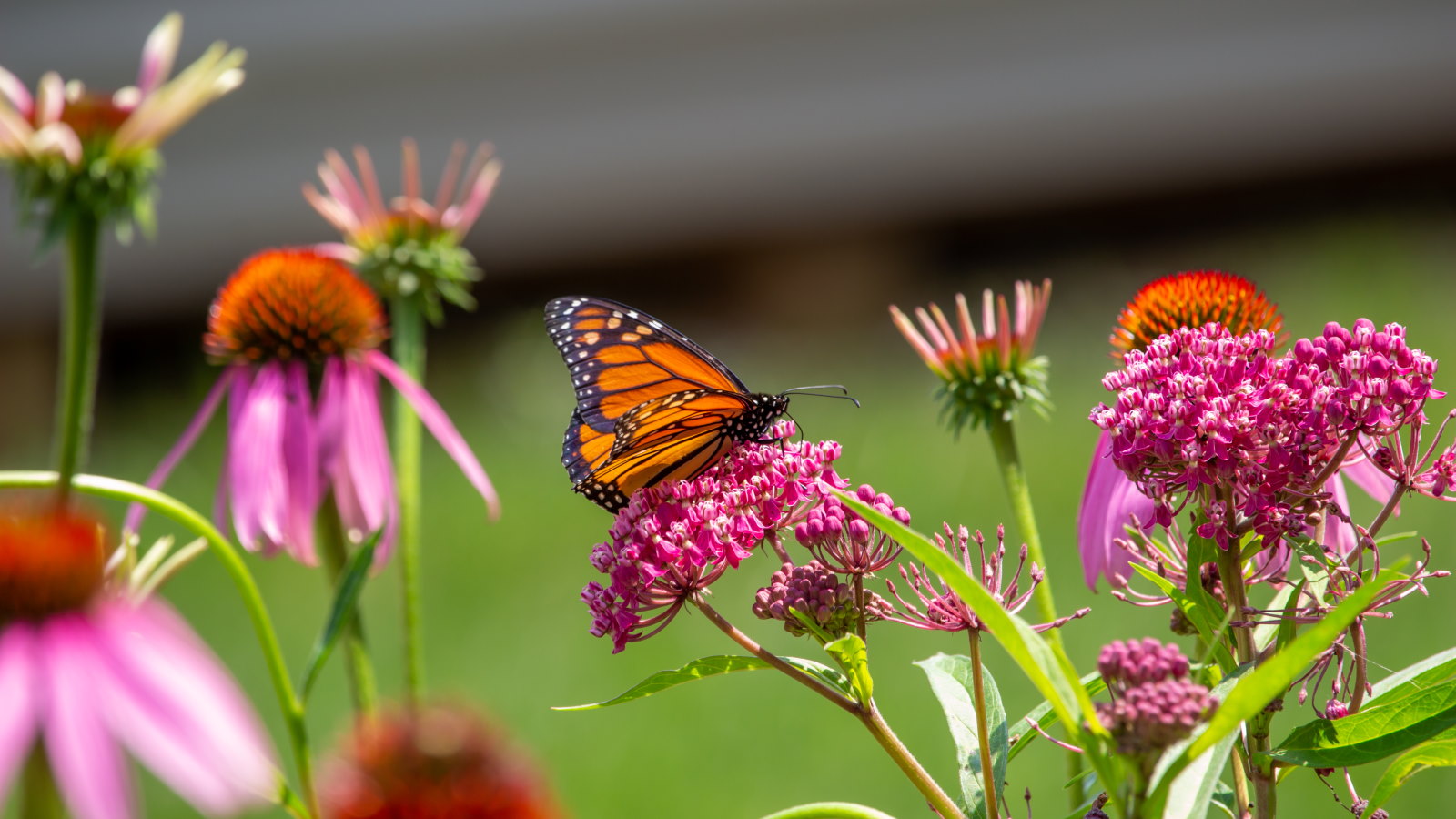 7 native perennials to plant in April – for glorious flowering displays to attract bees, butterflies, and hummingbirds
7 native perennials to plant in April – for glorious flowering displays to attract bees, butterflies, and hummingbirdsDiscover some of the best perennials to plant in April to make your garden a hotspot for wildlife
By Drew Swainston
-
 7 shrubs to plant in April to transform beds and borders – including native plants and bushes suitable for dry or wet spots
7 shrubs to plant in April to transform beds and borders – including native plants and bushes suitable for dry or wet spotsThese shrubs can bring flowers, texture, and fragrance, as well as attracting beneficial insects and birds
By Drew Swainston
-
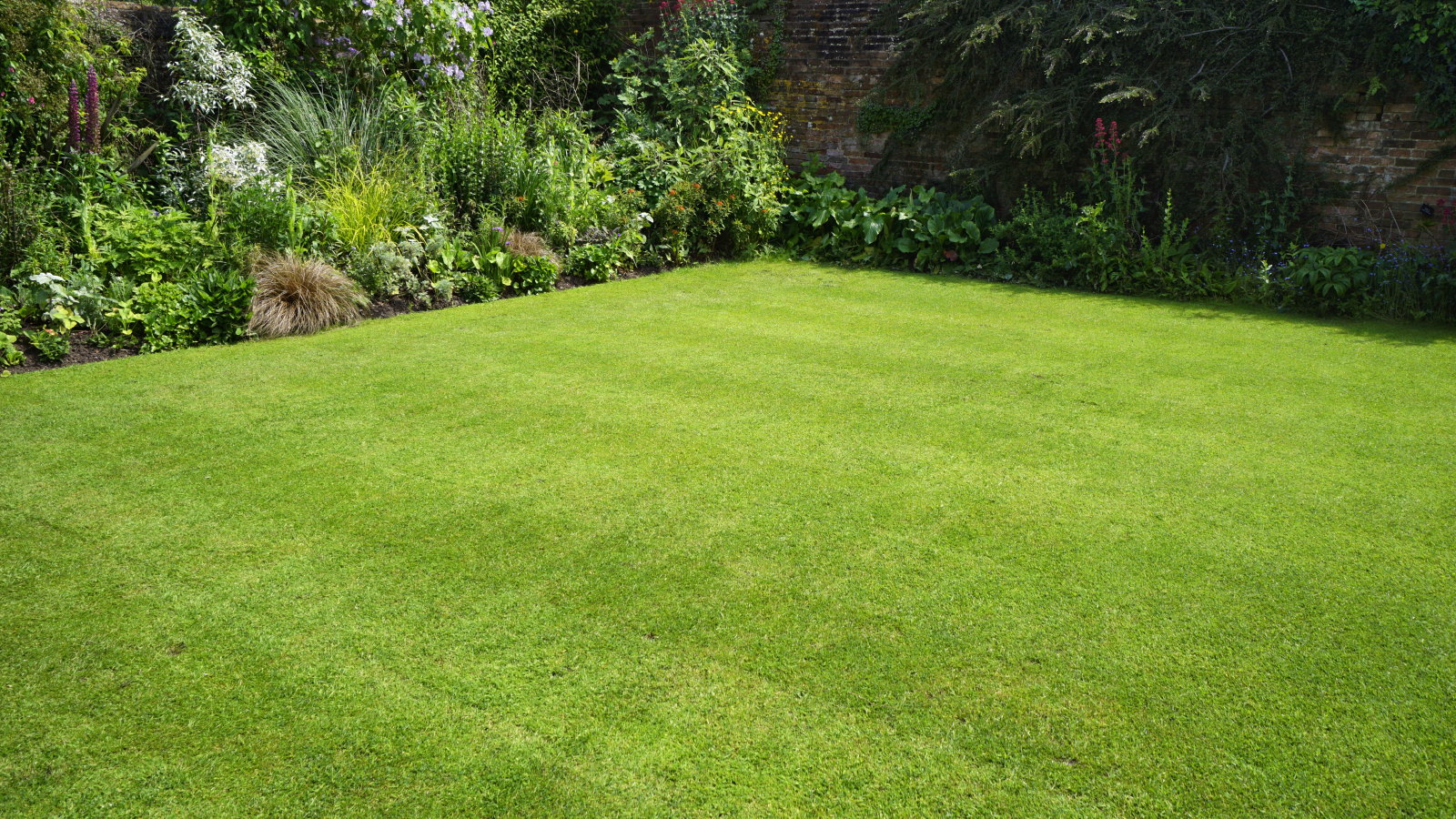 I'm a lawn care expert, and always do these 7 jobs in April to ensure thick, green grass all summer long
I'm a lawn care expert, and always do these 7 jobs in April to ensure thick, green grass all summer longTransform your lawn with these simple yet highly effective April lawn care tasks
By Drew Swainston
-
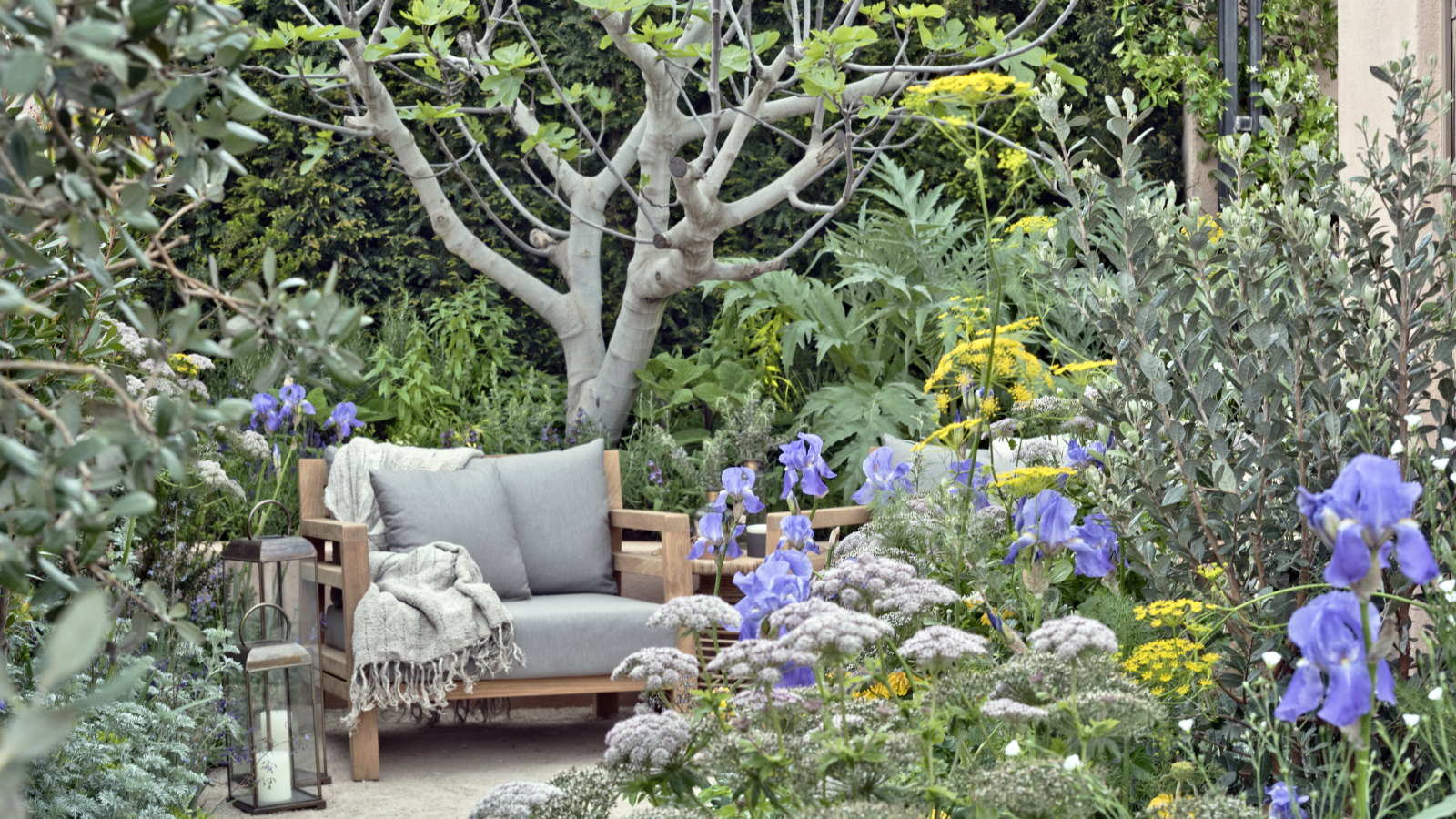 Horticulturists urge you to prune these 7 plants in April – for healthy growth and better-than-ever flowering displays
Horticulturists urge you to prune these 7 plants in April – for healthy growth and better-than-ever flowering displaysDiscover a key selection of plants to cut back this month, with expert pruning advice
By Drew Swainston
-
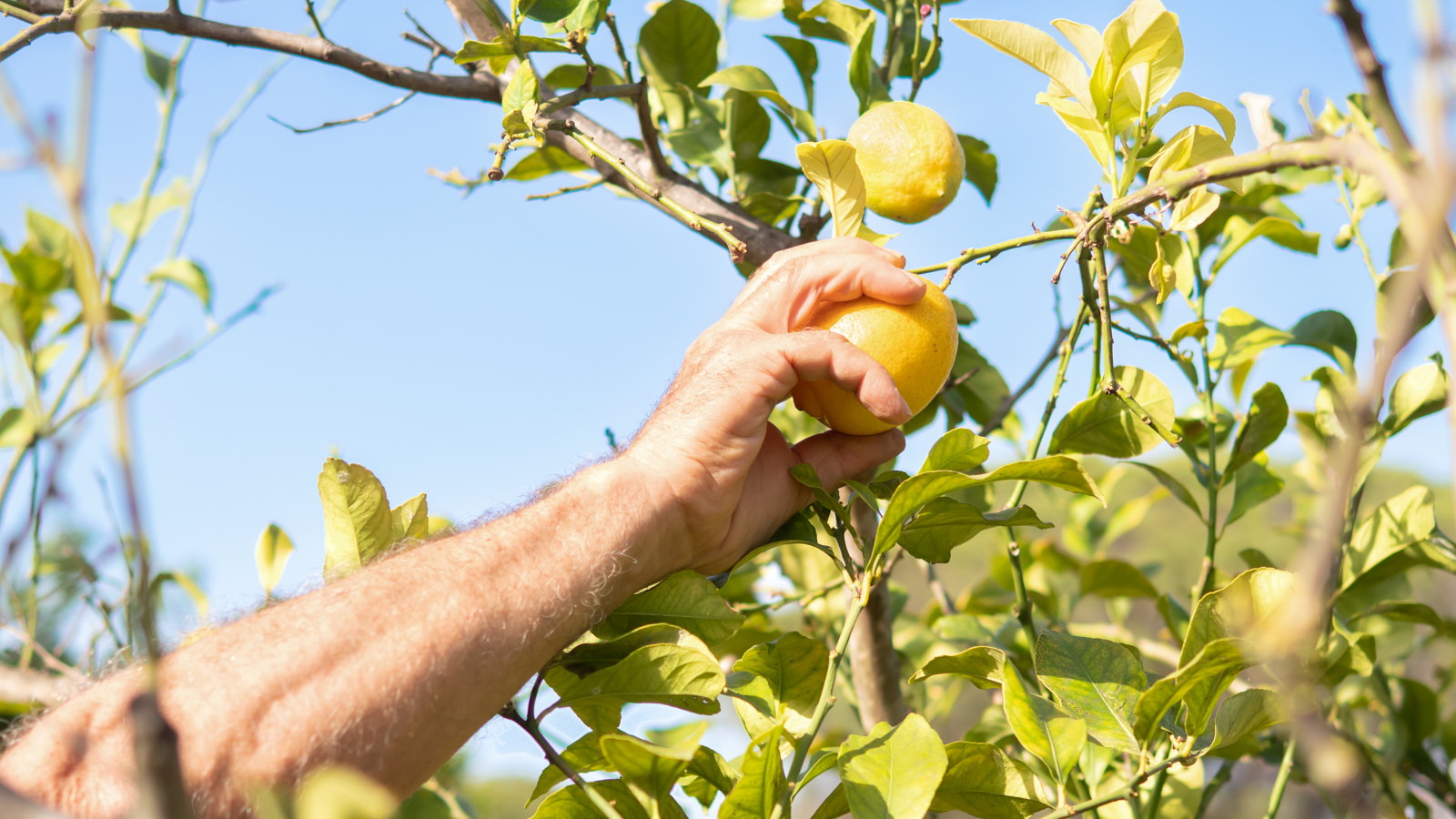 7 fruits to plant in April for years of tasty homegrown harvests, plus expert planting tips
7 fruits to plant in April for years of tasty homegrown harvests, plus expert planting tipsAn exceptional selection of fruit trees and soft fruit can be planted this month
By Drew Swainston
-
 7 dazzling cut flowers to plant in April for bountiful blooms to enjoy in bouquets, vases, and displays this summer
7 dazzling cut flowers to plant in April for bountiful blooms to enjoy in bouquets, vases, and displays this summerDiscover sowing tips from an expert horticulturist
By Drew Swainston
-
 7 of the best vegetables to plant in April, with sowing tips from an experienced grower for bumper harvests
7 of the best vegetables to plant in April, with sowing tips from an experienced grower for bumper harvestsFrom broccoli to zucchini, April is a fantastic time to plant a wide range of vegetables
By Drew Swainston
